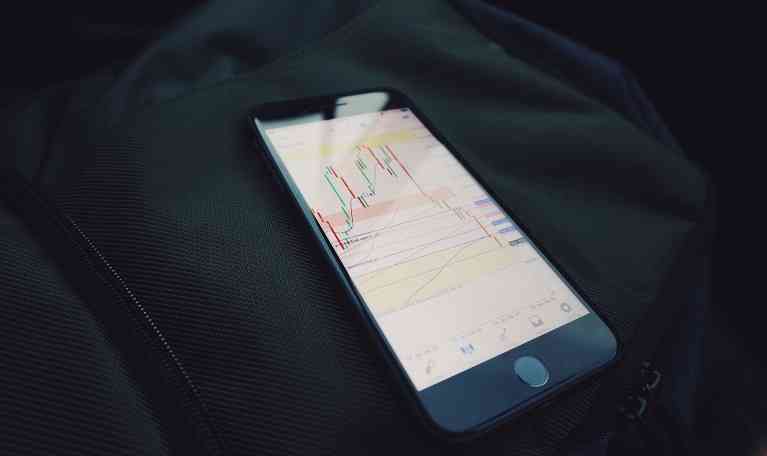Put simply the Foreign exchange is a worldwide market where currencies are bought, sold and exchanged. The Market as we recognise it today began to be implemented in the 70’s as previously it was heavily limited by governments for decades.

As the largest global market in the world the Foreign exchange market or FX for short accounts for over $4trl of daily trade between millions of parties. Making it the most liquid market around; meaning a multitude of currency pairs can be easily purchased or sold quickly in large volumes due to constant demand. Traders on the FX market have the ability to trade these currencies 24hrs a day 5 days a week both online and via telephone dealing platforms. The highest volume of trading is experienced when markets overlap, for example when London is mid-way through the session and New begins trading.
The main players in this global market are banks and financial institutions which trade currency at the interbank rate. The interbank rate is a high tier level of FX where banks trade with each another or via electronic brokering services. A great way of thinking of the interbank rate is almost like a wholesale price.
However other FX forms of trade and transfers make up an important percentage of the market: these include business corporation transfers, private overseas property purchases and even travel money.
The Market is an intrinsic part of the global trade as currency conversion is often used between parties. For example, allowing the UK to purchase and trade with countries whose local currency is the Euro.
History of foreign exchange market
Exchanging of currencies began in ancient biblical times. Money changing providers would charge a fee or commission and typically operated from small city stalls at times of celebration or community feast.
From the15th century banks managed the FX for the Medici family who acted on behalf of textile merchants and traders. During the early 1700’s the kingdom of England and the county of Holland were known to actively trade.
1880 is considered the year a modern way of grade was implemented; this is credited to the addition of the gold standard monetary system. However, the system was abandoned at the beginning of WW1.
Holdings of Foreign exchange grew at a yearly rate of 10.8% from 1899 to 1913 at the end of 1913 over 50% of the world’s FX was traded in pounds. From 1860 to 1913 the number of international banks operating in London grew from 3 to 71 establishing London as the epicentre of finance.
In the early 20th century the largest amount of currency trade was facilitated by Paris, New York and Berlin, while Britain played just a very modest part in this activity. Their market progressed significantly between 1919 and 1924 by this time they had 40 active brokers.
In the 1920’s the market was led by the Kleinwort’s a family who were known as the premier firm in London, towards 1930 ‘s Foreign exchange became to be recognised as an integral part of the city.
Post WW2 The Bretton Woods accord was signed which permitted Currency rates to fluctuate 1% and is considered a landmark for monetary policy and also spurred the birth of the International Monetary fund.
Amendments in Foreign exchange bank law during 1954 allowed Japan to develop its markets and become the centre of Foreign exchange, further tweaks where also introduced allowing other modern currencies to be traded in Japan.
Eventually the Bretton woods financial policies were disbanded allowing a freer flow of trade. The Smithsonian agreement superseded allowing a larger trading range of 2%. The next year trading in the US tripled and Reuters shortly after issued computers replacing the classic telephone dealing and Telex systems.